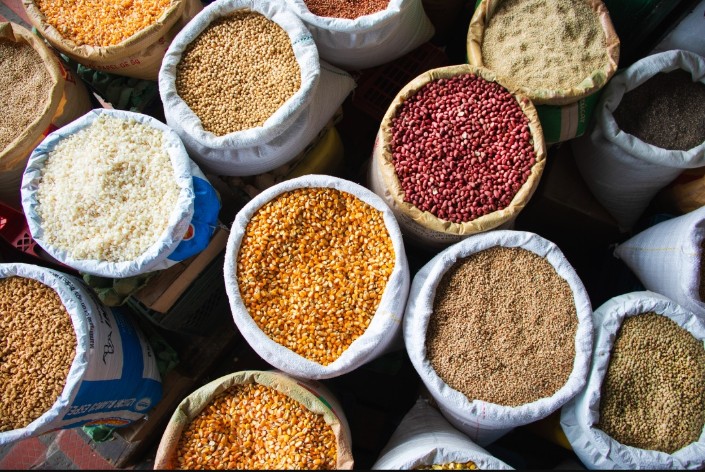
How To Test the Moisture Levels in Grain
Moisture levels in grain can determine whether or not it will spoil or become unusable. That is why there is a standard moisture level for grain established by the American Society for Testing and Materials.
This is used as a reference for the typical moisture content of most grain products. Producers and processors use it to determine if the grain has spoiled and should not be used, or if it can be used in their production.
Here’s how and why you should read the moisture levels in grain. Read on.
Table of Contents
Types of Measuring Techniques
Grain moisture is an important factor in many aspects of the grain industry including storage, marketing, and processing. There are different ways to measure grain moisture, but the most common one is the oven-dry method. This is when a sample of grain is dried in an oven at a specific temperature for a set amount of time and then weighed.
The weight of the dried grain is then divided by the weight of the wet grain to calculate the moisture content. Other methods include the Karl-Fischer method and the near-infrared method, but these are less common.
Test Multiple Locations
To ensure an accurate reading, it is important to test the moisture levels in grain from multiple locations within the field or bin. If the grain is only tested in one location, there is a risk of not getting an accurate representation of the moisture levels throughout the entire field or bin.
You will also need grain handling equipment to properly conduct the testing. By testing in multiple locations, you will be able to get a more accurate reading of the average moisture level.
Double Check the Temperature
To test the moisture content in grain, you will need to first double-check the temperature. The temperature of your grain should be between 50-60 degrees Fahrenheit. If the temperature is too high, the moisture will evaporate and you will not be able to accurately test the moisture levels.
Too low of a temperature and the moisture will condense on the grain, making it difficult to get an accurate reading. Once you have verified that the grain is at the correct temperature, you can proceed with testing the moisture levels. There are a few different ways to test moisture levels, but the most common is with a moisture meter.
Regularly Check Your Moisture Meter
To test the moisture levels in grain regularly, you will need to check your moisture meter. This can be done by taking a sample of grain and checking the moisture levels with your meter. You should check the moisture levels in your grain weekly to ensure that it is within the acceptable range.
If the moisture levels are too high, you may need to take steps to dry the grain. If the moisture levels are too low, you may need to take steps to add moisture to the grain.
Checking Grain Moisture Level Properly
If your grain is too wet, it can ruin your entire crop. Too much moisture can lead to mold and mildew, which can make your grain unsafe to eat. That’s why it’s so important to test the moisture levels in your grain before grain harvesting.
There are a few different ways to test the moisture levels in your grain. The most accurate way is to use a grain moisture tester.
You can also use the feel-and-look method. If you’re not sure how to test your grain, ask your local cooperative extension office for help.
If you want to read more articles, visit our blog.








